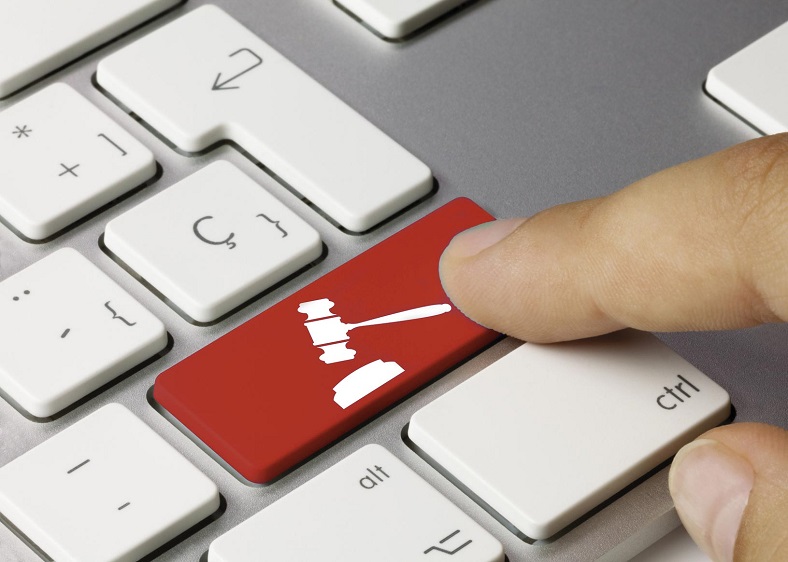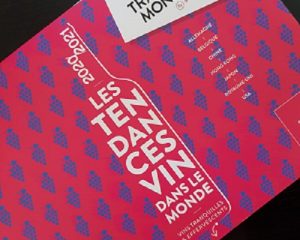
Every year, the team at iDealwine spends a good month crunching the numbers from the previous year’s auction results. They dig through a mass of excel spreadsheets to pick out the most impressive figures, identifying emerging trends and reviewing the performance of each region. This gives them more than an incline about the areas and estates to watch out for, hidden gems on the up and rising stars of tomorrow. The Barometer, as it’s called, won’t be published for a little while yet, but to give you a flavour of our findings, Angélique de Lencquesaing explains five major trends that we can predict in fine wine for 2022.
Unstoppable price rises for Burgundy, the Rhône, and the Jura
It looks like record prices are just going to keep on coming, as the sky is the limit for certain wine lovers looking to expand their collections. Going into the new year, the most coveted signatures include Domaines Leroy and d’Auvenay, Domaine Bizot, Château Rayas in Châteauneuf-du-Pape, and the Domaines des Miroirs and des Murmures in the Jura. When scaled to a classic bottle size, the most expensive wine of last year was a 2006 Musigny from Domaine Leroy that went under the hammer for €28,244.
In this context, it’s more pertinent than ever to look towards emerging figures, even those from regions currently away from the spotlight…
Organic, biodynamic, natural…more, more, more!
We’ve seen a huge shift in our auctions in recent years, as wines made using conventional methods have actually become a minority among all the bottles sold. Whether they’re from the regions we’d expect, like the Loire, the Jura, and Auvergne, or from more classic spots like Burgundy and the Rhône, natural wines aren’t showing any signs of slowing down.
For this kind of wine, bidders aren’t necessarily looking for the prestige of an appellation any more, with plenty of top bottles from 2021 labelled simply as ‘Vin de France’. For example, the Jura’s Domaine des Miroirs’ 2015 ‘I need the sun’ cuvée received a top bid of €1,903 from an enthusiast in Hong Kong. Other such wine makers were previously part of an appellation and have since left, allowing for more experimentation in their craft. This is the case for the Les Noëls de Montbenault, produced in Anjou by Richard Leroy, which was auctioned for €289 in its 2018 vintage.
No region left behind
Wine collectors are moving away from what used to be an unquestionable formula when putting together an investment cellar. As top names continue to emerge and excel in every single region, what constitutes a ‘good collection’ has become much more diverse in terms of the regions and styles included. Certain regions were practically absent from our auctions not so long ago but have since become the objects of fierce biding wars. Southern France’s Languedoc region is home to several such wine makers, including La Grange des Pères, Mas Daumas Gassac, Peyre Rose, Clos des Fées’ Petite Sibérie, and Léon Barral. The Beaujolais also has its share of soaring figures like Lapierre and Yvon Metras. We’ve equally seen some stunning results for Loire wines, with four out of the region’s top five highest priced bottles of 2021 selling for over €1,000. This confirms an upward trajectory for the estates of Dagueneau, Caillard, Jardins Esméraldins, and Clos Rougeard.
Bordeaux is back
With so much noise around the rarity of Burgundy and rising stars elsewhere, one region that’s avoided a price explosion whilst remaining a solid investment is Bordeaux. Vintages from five to ten years ago, perhaps even a little bit older, can often be found for a very attractive price. Indeed, choosing a vintage apt for long ageing, especially a grand cru with international renown, is likely to bear fruit in the future. In terms of volume sold at auction, Bordeaux still represents the highest proportion of bottles, as 41% of the wines that went under the hammer in 2021 were of the Bordelais variety.
Go big or go home
It seems that the more generous bottles are endowed with more than one advantage, and the market is catching wind of this, now more than ever. Larger formats tend to age more harmoniously than wines in classic-sized bottles, and they can be kept for longer, too. Plus, bottles such as magnums and jeroboams are necessarily much rarer. When we put all these factors together, it’s clear that wines in bigger formats tend to gain value at a better rate over time.
Bordeaux is the main purveyor of generous bottles, though there are plenty to be found in the Rhône, too. They are few and far between in Burgundy, where production areas are much smaller…no need to explain, therefore, the interest this can draw when one ends up on the auction market. To illustrate the point, it was a 2006 Echézeaux from Domaine Bizot that went for the highest overall bid last year, selling for a phenomenal €41,752.
Further market analysis will be published in our upcoming Barometer, but before then, feel free to take a look at our monthly auction reports.
You can also request a free price estimate for your wines if you’re interested in selling them on.



